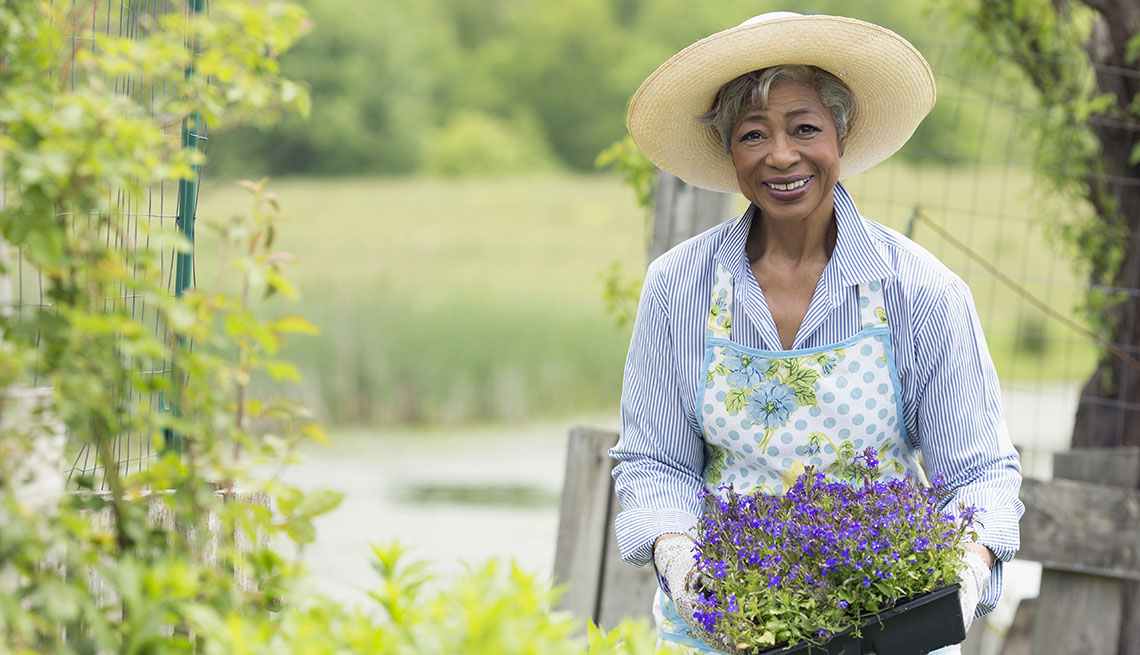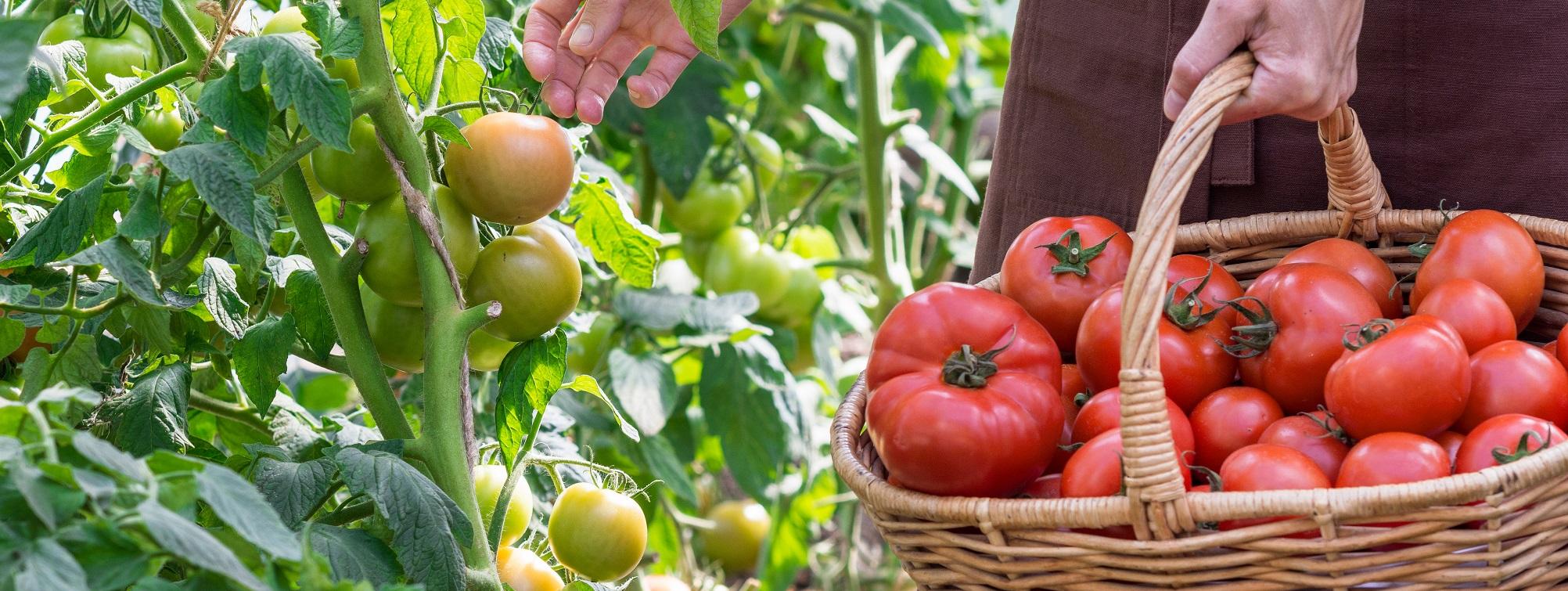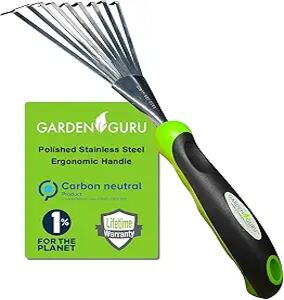Top Gardening Techniques to Increase Plant Growth and Health
Top Gardening Techniques to Increase Plant Growth and Health
Blog Article
The Comprehensive Guide to Gardening: Discover the Benefits of Various Designs and Strategies
Horticulture incorporates a diverse array of designs and strategies, each offering distinct advantages customized to private preferences and ecological contexts. As we check out these various designs, it ends up being obvious that the selections made can considerably affect both the garden's health and its contribution to the surrounding environment.
Recognizing Horticulture Essentials
Comprehending the fundamentals of gardening is important for growing a prospering and lasting yard. A successful gardening venture begins with a solid foundation of knowledge relating to dirt, plant option, and environment considerations.
Choosing the right plants is equally essential. Understanding their certain requirements-- such as sunshine, water, and spacing-- makes sure compatibility with the local climate and soil problems. This selection procedure should likewise take into consideration the development behaviors and lifecycle of plants, enabling a balanced and cosmetically pleasing yard.
In addition, reliable sprinkling methods are critical. Over-watering and under-watering can both cause plant stress and anxiety and condition. Executing a routine based upon seasonal changes and plant needs can boost water performance.
Popular Horticulture Styles
What specifies the significance of preferred horticulture designs? Amongst the most prominent designs is the cottage garden, characterized by its casual layout and a lively array of flowers and veggies.
Conversely, the formal yard personifies proportion and order, commonly including geometric patterns and thoroughly cut hedges. This design connects style and class, with very carefully picked plants that reinforce a structured aesthetic.
The Japanese yard provides a peaceful and reflective experience, utilizing natural aspects like water, stones, and plants to produce a relaxing environment. It concentrates on simpleness and equilibrium, motivating consideration.
In addition, xeriscaping has obtained appeal, especially in deserts (Gardening). It focuses on drought-resistant plants and efficient water usage, promoting sustainability while improving landscape appeal
Benefits of Container Horticulture
Container gardening offers a wide variety of advantages that make it an attractive choice for both newbie and skilled gardeners alike. Among the key advantages is flexibility; containers can be put in various locations, enabling gardeners to optimize sunshine exposure and create aesthetically enticing arrangements. This flexibility makes it possible to garden precede where standard in-ground gardening may not be practical, such as porches, patio areas, or city atmospheres.
Additionally, container gardening gives better control over dirt conditions. Gardeners can tailor the dirt mix to match particular plants, making certain optimal water drainage and nutrient availability. This is specifically advantageous for individuals residing in locations with inadequate or polluted dirt.
One more significant advantage is the reduced threat of parasites and diseases. Container plants can be monitored more quickly, and any kind of concerns can be resolved immediately. This approach can lessen the spread of invasive varieties.
Sustainable Gardening Practices
Sustainable gardening techniques are important for promoting ecological wellness and boosting biodiversity in our communities. These methods focus on ecological balance, resource preservation, and the usage of natural approaches to reduce adverse ecological impacts. By employing methods such as composting, garden enthusiasts can decrease waste while improving soil wellness, therefore fostering a prospering yard ecological community.
Water conservation is one more vital facet of sustainable horticulture. Methods such as rain harvesting, drip watering, and using drought-resistant plants can significantly reduce water usage while ensuring that plants get ample moisture. Moreover, integrating native plant species right into yard designs sustains regional wild animals and minimizes the requirement for chemical fertilizers and pesticides, which can be unsafe to the environment.

Ultimately, sustainable gardening practices not only contribute to much healthier gardens but additionally promote a more resistant atmosphere, using lasting advantages to both the gardener and the bordering area.
Tips for Successful Horticulture
To grow a growing yard, garden enthusiasts should focus on mindful visit planning and thoughtful implementation of their gardening strategies. Begin by analyzing the neighborhood environment and dirt problems, as these factors significantly influence plant selection and growth. Select plants that are well-suited to your environment, considering indigenous types that will love marginal treatment.
Implementing a well-structured design is essential (Gardening). Utilize friend growing methods to promote biodiversity and natural pest control, while ensuring each plant has sufficient room for development. This not just improves visual appeals but likewise improves overall plant health
Routine upkeep is key to a successful yard. Develop a constant schedule for watering, weeding, and feeding. Mulching can aid preserve moisture and subdue weeds, while likewise adding organic issue to the soil.
Routinely keeping track of plant wellness and growth will permit for click to read more timely interventions. Be open to discovering and adapting; gardening is a continual procedure that benefits from experience and trial and error.
Final Thought


In recap, the exploration of varied horticulture styles and techniques reveals their diverse advantages, adding to both aesthetic appeal and eco-friendly health and wellness. Container gardening provides adaptability and accessibility, while lasting practices boost ecological stewardship.
Report this page